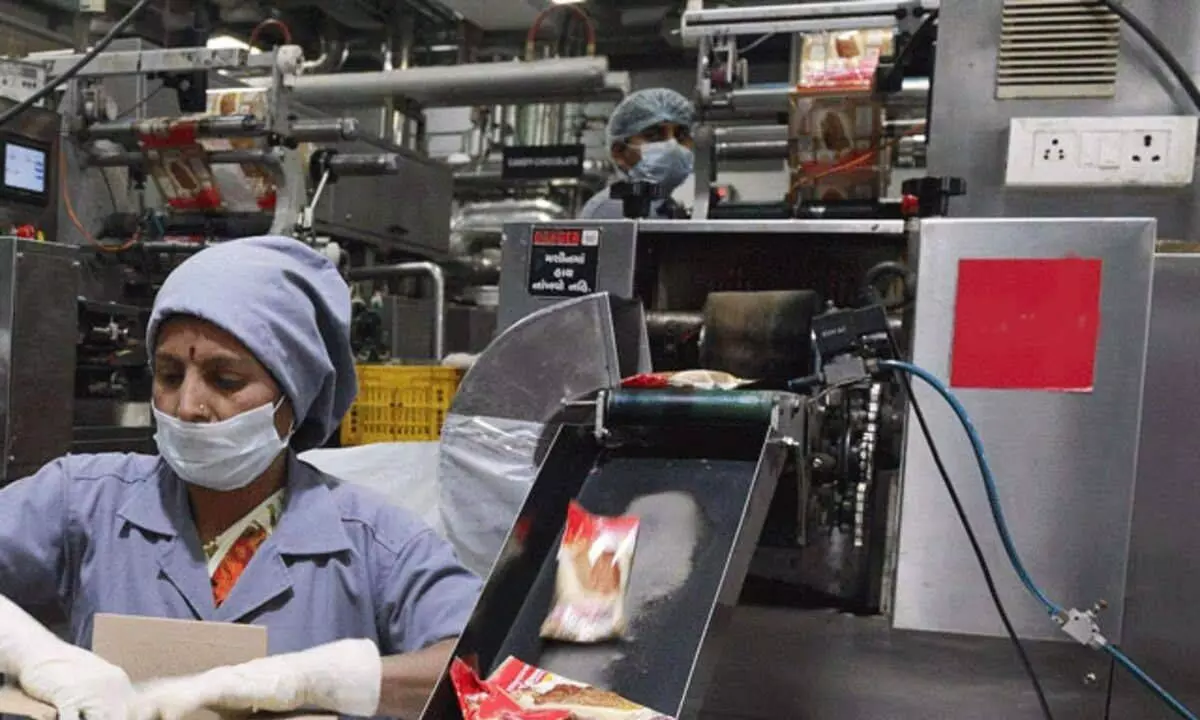490 food processing units receive Rs1,907-cr grants
Maharashtra and Andhra Pradesh lead the pack with 69, 52 units respectively under Pradhan Mantri Kisan Sampada Yojana
image for illustrative purpose

New Delhi The central government has approved 490 units with grants-in-aid of Rs1,907.45 crore, out of which Rs859.67 crore has been released for creation of food processing and preservation capacities of 99.89 lakh MT per annum. Maharashtra and Andhra Pradesh set up the maximum units, 69 and 52, respectively, official sources told Bizz Buzz.
The units were cleared under the component scheme Creation/Expansion of Food processing and Preservation Capacities (CEFPPC) of the umbrella Pradhan Mantri Kisan Sampada Yojana (PMKSY). Under the CEFPPC, a unit is entitled to grant-in-aid worth 35 per cent to 50 per cent of the eligible project cost subject, the cap being Rs 5 crore.
It may be recalled here that the PMKSY is implemented on a demand-driven basis. Proposals are invited through expressions of interest (EoIs) issued from time to time. Currently, the Ministry of Food Processing Industries (MoFPI) has issued an EoI for inviting applications from the North Eastern Region and the Scheduled Caste-Scheduled Tribe (SC/ST) category across the country.
Food processing is considered as a sunrise sector in India, said a report of MoFPI. The sector is playing a pivotal role in India’s economic growth due to its vital linkages and synergies that it promotes between the twin pillars of the economy, i.e., agriculture and manufacturing, and also in terms of its contribution to the gross domestic product or GDP, employment, and investment.
During the last five years ending 2018-19, the FP sector has been growing at an average annual growth rate (AAGR) of around 10 per cent, as compared to around 3.11 per cent in agriculture, the report said.
The report listed several potential growth drivers for the food processing industry. These are: abundant supply of raw materials; a huge consumer base; rise in disposable incomes; changes in the gender composition of the workforce; huge export and investment opportunities; increasing penetration of organized food retail outlets; and proactive government policy and support.

